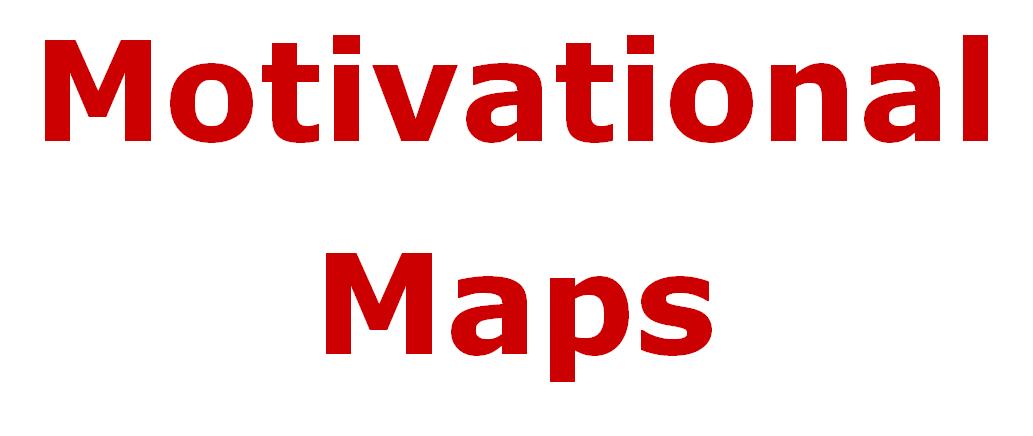Sales pipeline analysis is about realism and objectivity –
why do so many managers fool themselves into false expectations and get cross
when this is pointed out to them.
What possible benefits are there in using rose-tinted glasses
for such an important activity – or is it about selective use of the
vari-focals to make clear what they want to make clear? Why avoid something that might be bad news
and deprive yourself of the opportunity to improve the situation and achieve great
things as a result?
So you may have gathered that I see this frequently and find
it very frustrating. Have you the
following - but my situation is special, I am a better sales person, my
proposition is more compelling…that may well be but exactly how much of
difference does that make: 20% or 100%?
Guess what I think! If experience
breaks the norm then you can build it in – but let’s start with the feasible
and most likely. It is another of those
unwritten rules that sales people performance regresses to the mean just like
fund manager performance – see Daniel Kahnemann.
Why do I have any credibility at all in talking about
this? When I took over Analysys
Consulting in 1998, I took over many fantastic projects but one of them was the
disciplined pipeline management and sales forecasting process. It became fundamental to us as we rode the
dotcom wave, helped steer the company into new areas of growth, judge
recruitment and prepare it for sale.
Strangely, it was one of the most difficult areas when we
came to merge with our sister company – as a bunch of analysts we “knew” that we
had calculated the right answer and just couldn’t understand why the rest of
world seemed to find irrational reasons not to use it and continue to use the
“gut feel” method that rarely seemed to work.
We went along with it for a while until it became clear it was fiction
and injecting falsely high hopes into the planning process. Not surprisingly , one side continued to grow
and we struggled to work out how to grow the other one when it was difficult at
any point to really get a grip on the likely sales outturn. No benefit whatsoever in fooling anyone as to
the real prospects – defensiveness and fear of failure can lead people to look
at things in ways they think support their own views but then others suffer as
a result.
This links back to one of my previous blogs on how
entrepreneurs react when they are attempting to attract and then spend
investors’ money. The responsibility to
use the rational and realistic sales forecast is then even stronger – using
false expectations because they tell a better story leads directly to value
destruction.
At Analysys, courtesy of Drs Cleevely and Gray, we simply
had a method that took pipeline judgements away from the instinct and political
agenda of those involved in the sales cycle – we found it relatively straightforward
to work out from the past what proportion of what kind of leads turn into work
and what the right value at each part of the pipeline needed to be to hit
monthly revenue numbers. Turns out that
this is not hugely different across different companies and across different
sectors. I use it as my default position
when getting involved in new companies but nearly always encounter huge
resistance – but we have done it this way here, our product is different, we
have a better way of closing business, better client relationships etc. And then sales forecasts slip, there is rarely
enough in the pipeline to protect against a loss of some “banker” proposal. This is despite some very clear parameters
included as guidance in CRM systems – the parameters that are so often
over-ridden and which also tend to be increasingly over-optimistic as sale
closure appears to be getting closer.
One of the key features of the Analysys method was never to
rate a bid as higher than 55% likely to convert until the work actually started
and you had a clear view that an invoice would be accepted. Why so pessimistic? Well, projects can get cancelled for many
reasons, they can be renegotiated and most importantly timings slip – the
chance of a sold piece of business starting at a certain time is just as
temperamental as winning the business in the first place.
I originally thought that this was a feature of professional
services businesses but have since learnt it is just as relevant for
product-based businesses too. I have
recently been a bit more flexible in using this framework – I have allowed a
90% category for business that has been contractually confirmed (including
start date) even if the first invoice has not been issued or accepted.
Can anyone re-buff the assertion that the average likelihood
of sales in a pipeline is typically 15% to 20% when you look at historic
win-rates? Then why do so many pipelines
have an average probability weighting of 30% to 50% - mathematically hard if
the highest rating is 55%!
This is yet another example of where being totally honest
and frank with yourself can lead to fantastic results – and where using false
assumptions (even unwittingly) can lead to serious problems.
Addendum – Commonly missed questions in the sales process
·
Who will actually make the final decision?
·
Have you met the person who will make the final
decision?
·
Has the budget been identified for the purchase?
·
Who is advocating your solution inside the
customer organisation?
·
If they were to buy your product, when will they
actually pay for it?
·
Are you the preferred and/or only supplier in
the process?



No comments:
Post a Comment